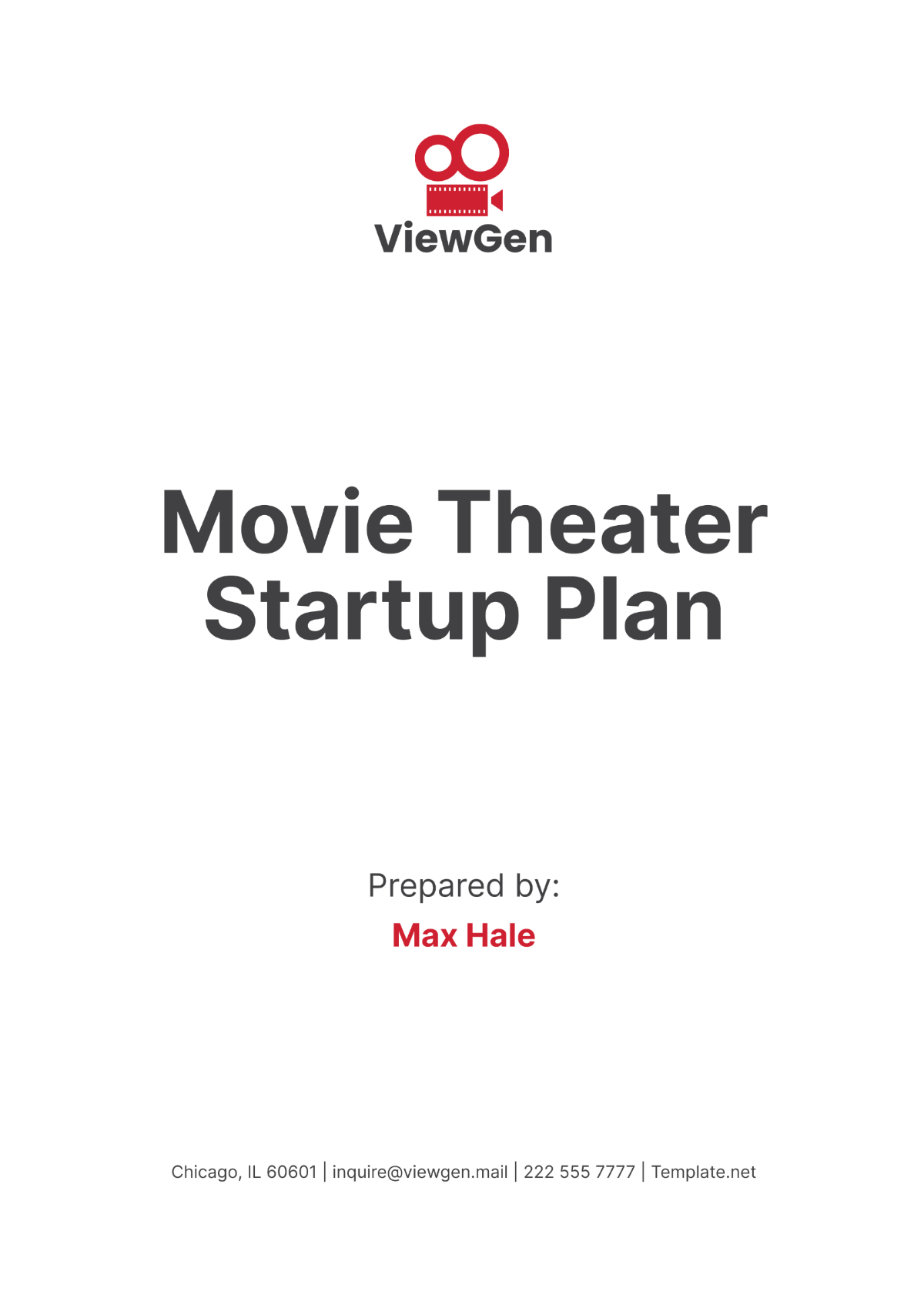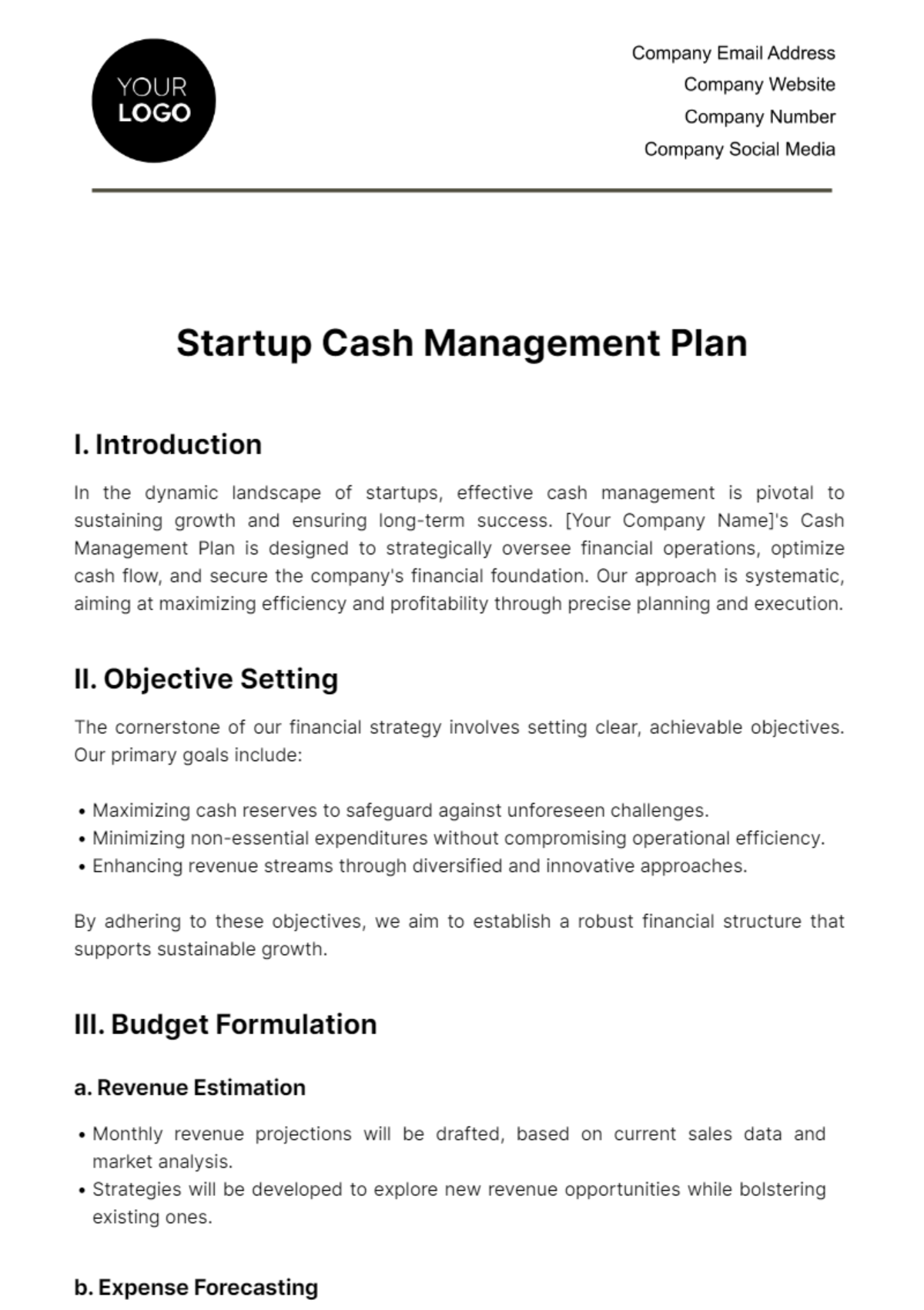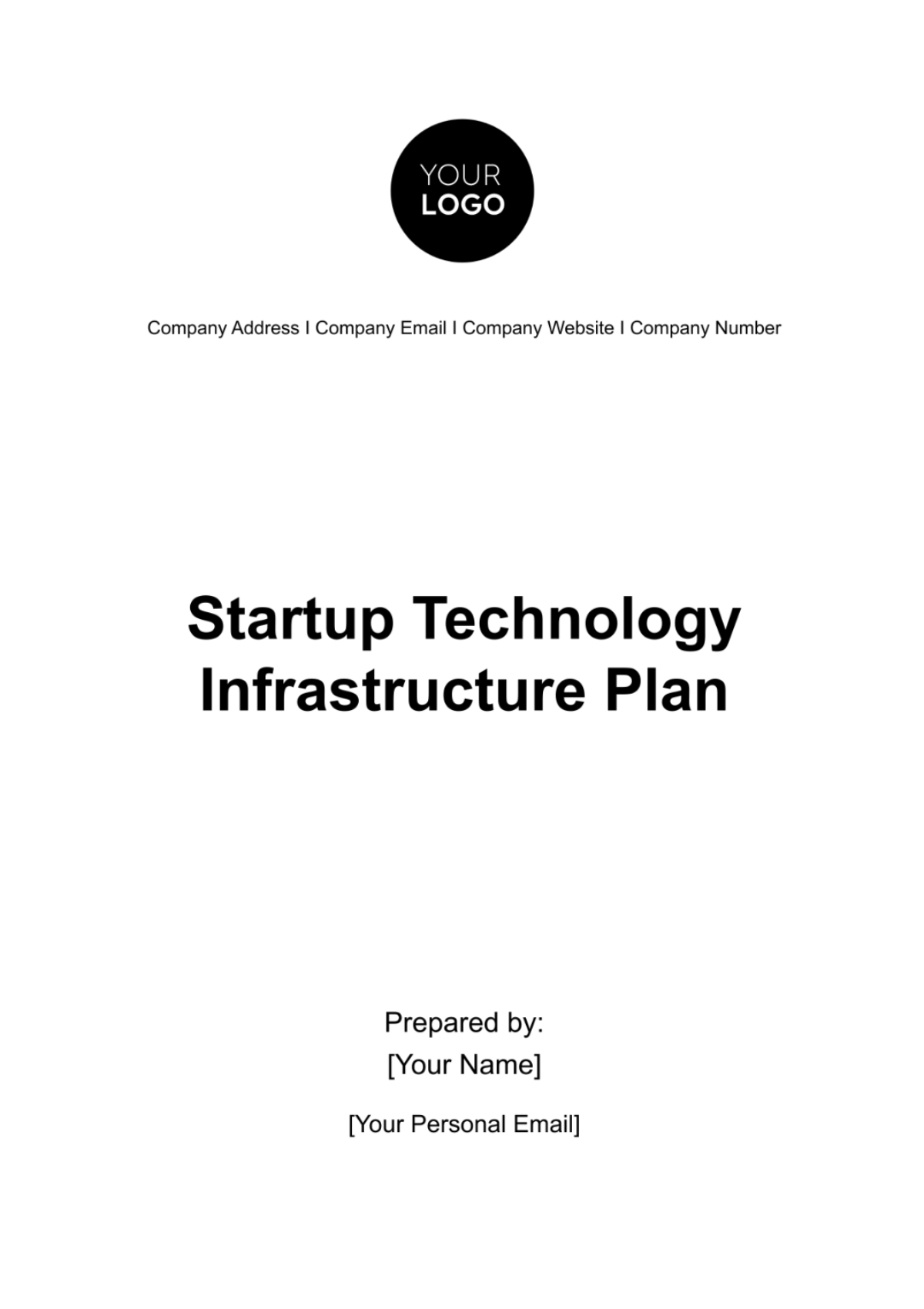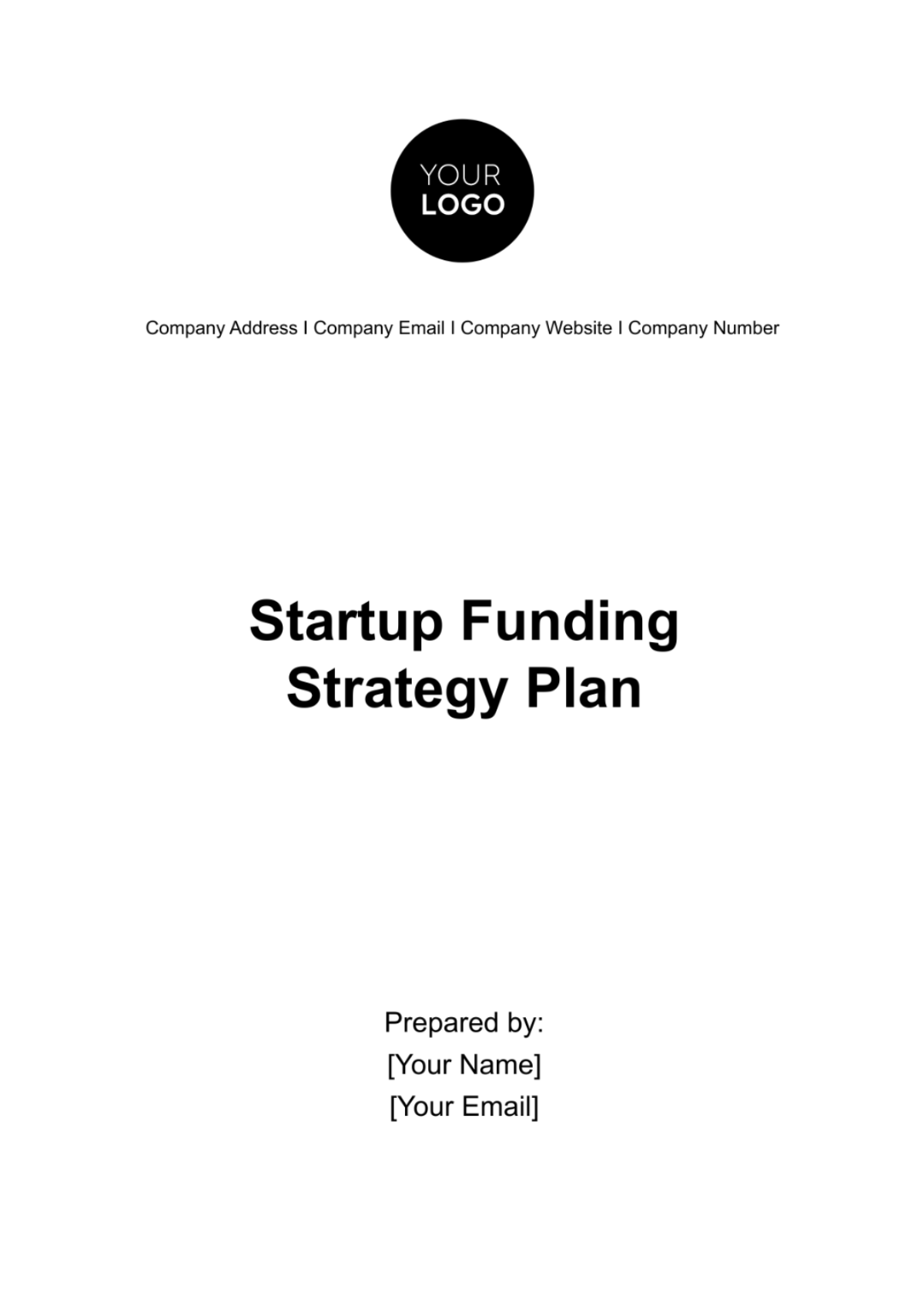Tech Startup Brand Activation Plan
Prepared by: [Your Name]
Company: [Your Company Name]
Date: [Insert Date]
Introduction
This Brand Activation Plan is tailored for a tech startup aiming to establish a strong presence in the market, engage its target audience, and position itself as an innovative and reliable player. It combines strategic marketing, community engagement, and digital innovation to maximize brand awareness and customer loyalty.
1. Executive Summary
The plan outlines actionable steps for activating a tech startup brand through innovative campaigns, strategic partnerships, and user engagement. The goal is to build a lasting impression on the target audience by showcasing the startup's unique value propositions and fostering community trust.
2. Goals and Objectives
Goals
Establish the startup as a recognizable and trustworthy tech brand.
Build a loyal customer base through engaging campaigns.
Drive user acquisition and retention.
Objectives
Increase brand visibility by 40% within the first six months.
Acquire 10,000 new users/customers within the first year.
Generate a 25% increase in website traffic and app downloads within the first quarter.
3. Target Audience
Primary Audience
Tech-savvy individuals looking for innovative solutions.
Early adopters of technology and startup enthusiasts.
Secondary Audience
Industry professionals and influencers.
Venture capitalists and potential investors.
4. Activation Strategies
A. Digital Presence
Website and App Optimization:
Create a visually engaging and user-friendly website and app interface.
Include interactive elements like product demos and customer testimonials.
Search Engine Optimization (SEO):
Optimize content for relevant keywords to improve organic search rankings.
Use blog articles and case studies to establish thought leadership.
B. Social Media Engagement
Content Strategy:
Post regular updates, behind-the-scenes content, and user success stories.
Use interactive formats like polls, Q&A sessions, and live streams.
Influencer Partnerships:
Collaborate with tech influencers to promote products or services.
Run co-branded campaigns with niche industry figures.
C. Product Launch Events
Organize virtual or in-person launch events to introduce products or services.
Provide live demonstrations, interactive Q&A sessions, and exclusive offers for attendees.
D. Community Building
Create an online forum or community group for users to interact and share experiences.
Host webinars and workshops to educate the audience about industry trends and your solutions.
E. Strategic Partnerships
Partner with complementary tech companies or startups for co-marketing campaigns.
Collaborate with educational institutions for tech innovation programs.
5. Content Plan
Content Themes
Innovation: Highlight cutting-edge features and technologies.
Customer Success: Share real-life user stories and case studies.
Future-Forward Thinking: Explore the impact of your startup's solutions on industry trends.
Formats
Videos, infographics, and explainer animations.
Interactive webinars and podcasts.
Blogs, eBooks, and downloadable resources.
6. Budget Allocation
Estimated Budget
Digital Marketing Campaigns: $20,000
Product Launch Events: $15,000
Content Creation: $10,000
Community Engagement and PR: $8,000
Partnership Development: $7,000
7. Metrics and KPIs
Key Performance Indicators (KPIs)
Website and app traffic.
Social media engagement (likes, shares, comments).
User acquisition and retention rates.
Revenue generated from campaigns.
Tools for Measurement
Google Analytics for website performance.
Social media insights for engagement tracking.
CRM tools for user behavior and acquisition data.
8. Timeline
Phase 1: Preparation (Months 1–2)
Build and optimize digital assets (website, app, and social profiles).
Develop initial content and outreach strategies.
Phase 2: Activation (Months 3–6)
Launch social media campaigns and influencer collaborations.
Host the first product launch event.
Phase 3: Optimization (Months 7–12)
Analyze campaign performance and user feedback.
Expand successful strategies to new markets or audiences.
9. Risks and Mitigation
Potential Risks
Low audience engagement during the initial launch phase.
Budget overrun or ineffective use of resources.
Mitigation Strategies
Conduct A/B testing for campaigns to identify what resonates with the audience.
Monitor budget spending and reallocate funds as needed.
10. Conclusion
This Tech Startup Brand Activation Plan provides a comprehensive approach to creating a strong market presence and driving meaningful customer interactions. By leveraging innovative strategies and building community trust, the startup is poised to achieve significant growth and long-term success.


























